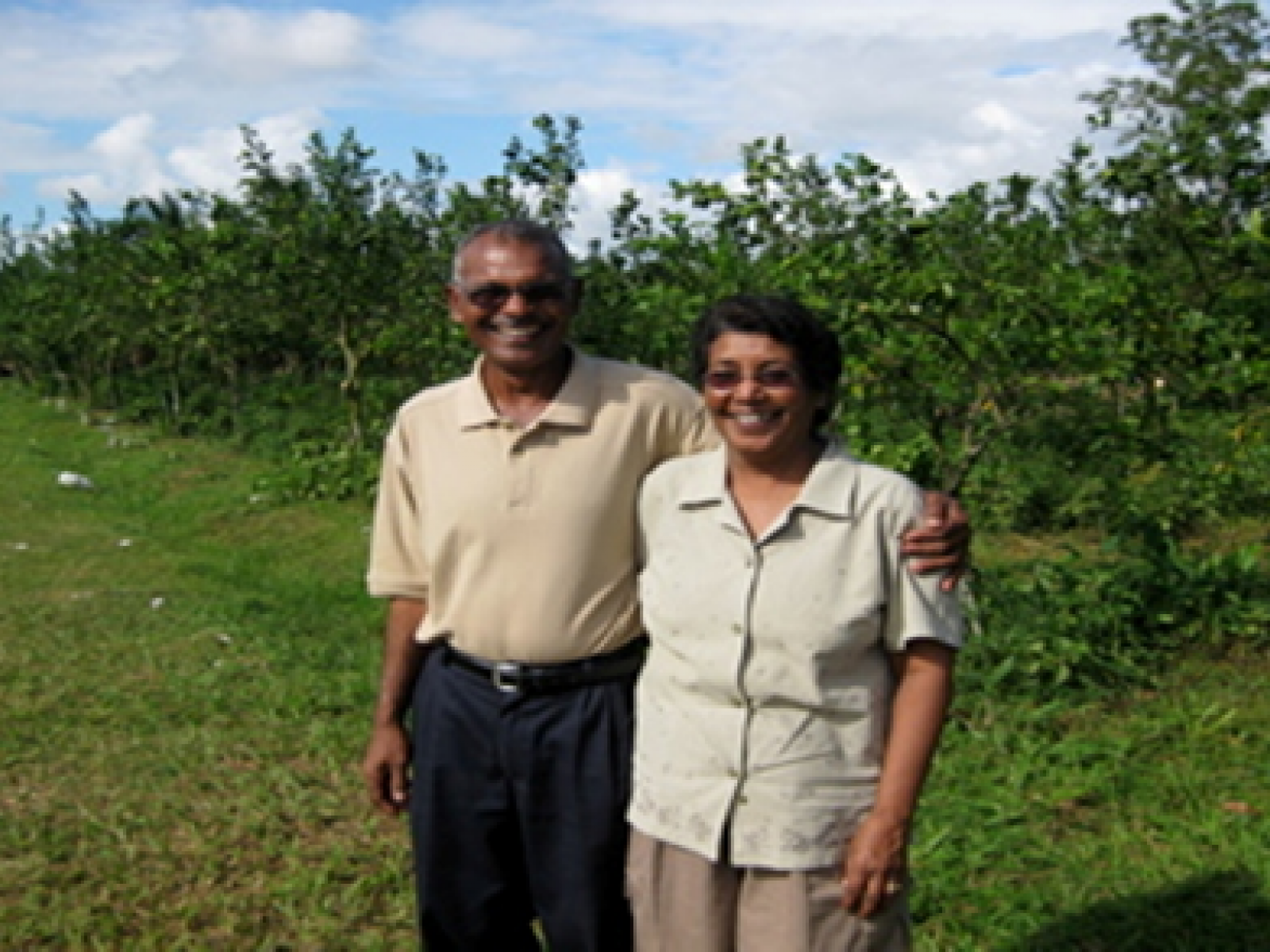An Overview Of Our Solution
- Population Impacted:
- Continent: South America
Organization type
Population impacted
Size of agricultural area
Production quantity
People employed
Describe your solution
Describe your implementation
External connections
What is the environmental or ecological challenge you are targeting with your solution?
Describe the context in which you are operating
Rocrops is operating in an environment where soil fertility management is a critical issue to be addressed as the country is diversifying the economy and revitalizing the agricultural sector. Soil management of heavy clay soils on small farms like Rocrops is extremely difficult and consequently the agricultural productivity for sustained production of vegetable and food crops has been limited. Small farm holdings generally lack the technical and financial resources to initiate and sustain soil amelioration practices (Persad et al., 2007). Additionally, with the closure of the Caroni Ltd Sugar Industry in 2003, former employees (7,800) were each allocated two-acre parcels of the sugarcane lands in various locations as part of a labour separation package. The objective of these land assignments was to enhance food production, generate agricultural activity and promote national food security (Inter-Agency GOTT, 2004).
How did you impact natural resource use and greenhouse gas emissions?
Language(s)
Social/Community
Water
Food Security/Nutrition
Economic/Sustainable Development
Climate
Sustainability
The initiatives were implemented on an incremental phased basis utilizing low external inputs. Funding came mainly from the state owned Agricultural Development Bank (ADB) which provides low interest (3-5%) loans with up to 6 months moratorium and quarterly instalments. With this arrangement, short term vegetable cash crops were cultivated while the citrus orchard was established. With adequate land tenure, the farm development included construction of a 2 storey steel and concrete family dwelling house (55ft x 45ft), storage and postharvest buildings, water storage pond, micro-irrigation system, access roads and peripheral fencing. The farm has been the family home and providing a year round source of income for the past 30 years.
Return on investment
Entrant Banner Image

